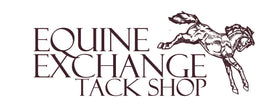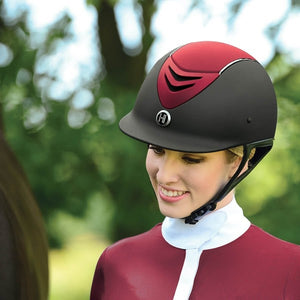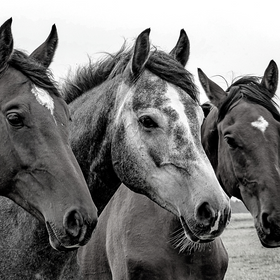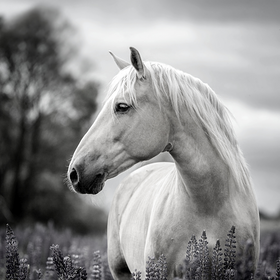
Improving Post-Ride Recovery for Horseback Riding
Why Post-Ride Recovery is So Important
Horseback riding is a strenuous activity for the rider and the horse. No matter how challenge the terrain or training, your horse’s body needs to recover. This recovery will help avoid injury and promote the overall health and well-being of your horse. Moreover, without recovery, you may notice issues with your horse in subsequent rides.
Exercise causes your horse’s body to produce lactic acid. Lactic acid causes soreness and fatigue when it settles in the muscles. When you are riding your horse, his muscles, tendons, and ligaments are under strain. Additionally, sweating will result in the loss of fluids and electrolytes.
Skipping post-ride care can lead to injuries, pain, soreness, and other health problems. Your post-ride recovery routine should include a cool down, rest, hydration, and proper nutrition.
Post-Ride Cooling Down Techniques
Cool Down
One the most important activities you can perform for a post-ride recovery for your horse is a good cool down. After a strenuous ride, you should walk your horse for 10 to 15 minutes to allow his muscles to cool down. Without a cool down period, your horse can experience stiffness and soreness as lactic acid settles in his body.
Diet and Hydration
Of course, hydration and proper nutrition promote the well-being of your horse. After a ride, your horse will have lost fluids and electrolytes. You need to help your horse replace what is lost with access to fresh water and electrolytes when necessary.
Protein promotes the repair and regrowth of muscle while carbohydrates replenish the glycogen stores in the muscles. Also, fats help reduce swelling and inflammation and promote the absorption of vitamins and minerals. Your horse needs a diet properly balanced of protein, carbohydrates, and fats.
Grooming
After un-tacking your horse, you should groom him before turning him back out. With the saddle removed, brush your horse’s coat to remove sweat, dirt, and debris that may have collected. Additionally, this will protect your horse from skin irritation.
Tools to Help Your Horse Recover
There are several products on the market that can help your horse through his recovery process. You can utilize massage tools, therapeutic blankets, and therapy boots.
Massage Tools
Massage is a wonderful type of therapy that promotes blood flow, reduces tension, and improves relaxation. To help you with the massage process, there are tools you can use:
- Massage mitts allow you to massage your horse with a specialized glove to relax the muscles.
- Massage rollers are designed for specific muscles but give you the leverage to work those large muscles.
Therapeutic Blankets
Magnetic blankets promote healing by stimulating blood flow. They also help with cellular growth and can even aid in ligament repair.
Equine Exchange offers the perfect magnetic sheet that will perfectly fit your horse. The Veredus Magnetik Sheet uses 32 magnets to aid in the healing of your horse’s muscles and tendons.
Therapy Boots
As horse owners, we need to protect our horse’s feet. Therapy boots can help reduce swelling, promote healing, and increase blood flow. You will find ice boots, magnetic boots, and compression boots on the market.





